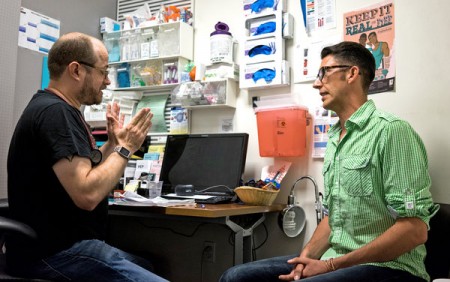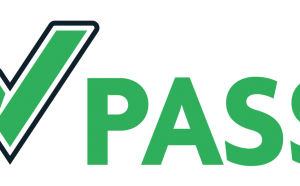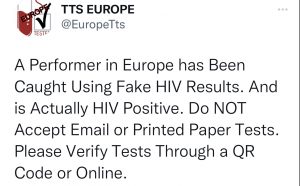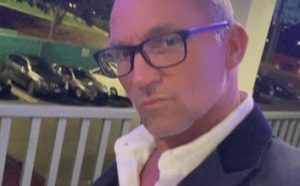SAN FRANCISCO — It wasn’t his first broken condom, so Rafael didn’t worry. But three weeks later, the man he’d met in a bar called to say that he had “probably been exposed” to HIV.
Rafael, a muscular, affable 43-year-old, went to a clinic and within 45 minutes learned he was infected. Although it was already closing time, a counselor saw him immediately and offered him a doctor’s appointment the next day.
At Ward 86, the famous HIV unit at San Francisco General Hospital, the doctor handed him pills for five days and a prescription for more. Because he was between jobs, she introduced him to a counselor who helped him file for public health insurance covering his $30,000-a-year treatment.
“I love the San Francisco model,” said Dr. Anthony S. Fauci, the director of the National Institute of Allergy and Infectious Diseases. “If it keeps doing what it is doing, I have a strong feeling that they will be successful at ending the epidemic as we know it. Not every last case — we’ll never get there — but the overall epidemic. And then there’s no excuse for everyone not doing it.”
Last week, the World Health Organization essentially agreed. Issuing new guidelines for the treatment and prevention of HIV, the agency called on the rest of the world to do much of what San Francisco is already doing: Every HIV patient should start antiretroviral drugs as soon as they test positive rather than waiting for measures of immune system strength to drop, the agency said, and everyone at risk of infection should be offered preventive drugs. San Francisco adopted the first practice — “test and treat” — five years ago and the second in 2013. It has bolstered those efforts with others, like the rapid-doctor’s-appointment program that swept Rafael in, and another to track difficult patients.
The results have been striking. Last year, San Francisco had only 302 new HIV. diagnoses, its lowest recorded number. In 1992, at the epidemic’s peak, there were 2,332.

Pierre-Cedric Crouch, left, discussing with Jesse Eller the clinic’s PrEP program, which uses medicine to prevent HIV infection.
Test and Treat
But the city’s chief strength has been a willingness to go first, to rapidly adopt AIDS treatment tactics that work in pilot projects or clinical trials, before they are endorsed by public health organizations like the C.D.C. and the W.H.O.
In 1983, the city opened the first dedicated AIDS ward. In 1987, it tested the first antiretroviral drug, AZT. In 1992, it began distributing clean needles to drug addicts.
In 2010, it adopted “test-and-treat” — antiretroviral drugs given as soon as a patient tested positive. In 2013, it started the preventive drug program, PrEP— pre-exposure prophylaxis with Truvada, a two-drug pill — at no charge to the uninsured. By some estimates, 15 percent of the city’s gay men are now taking Truvada.
Numerous recent studies have shown that people taking antiretroviral therapy every day not only live longer, but also have so little circulating virus that they are highly unlikely to infect others even through unprotected sex.






